Originally published in AutoWeek September 17, 1984
Spectators at the 1962 Nurburgring 1000 could scarcely believe their eyes. A little Lotus from the under-two-liter class was leading the race, literally running away from the field on a rain-dampened track. Bruce McLaren, in an old Aston Martin DBR1/300, had been the only other leader in the race, but only to the first turn, thanks to the DBR’s greater acceleration.
After that, it had been all Lotus, leading the Aston, as well as the Ferraris and Porsches and one old Maserati. After eight laps, the Lotus led by more than two minutes, far enough ahead that the triangular vents in the Lotus’ rear fenders were only a memory to the Porsche-driving Jo Bonnier in second place.
The car was the new Lotus 23, equipped with the also new Lotus twin-cam headed 1493cc Ford. The driver was the incomparable Jimmy Clark. It would be a fairy tale ending to say that Clark and the 23 went on to win the race, but it wasn’t to happen. The tailpipe broke, and Clark was getting gassed by his own exhaust. To make matters worse, the track was beginning to dry, depriving the Lotus of some of its advantage. The four-liter Ferrari of Willy Mairesse began to close on the English car. It ended with a groggy Clark skittering off the fabled German pavement, out of the race but never passed on the track.
It was the kind of performance that prompts all sorts of “what-ifs,” but it was arguably the most spectacular race ever run in a Lotus 23, displaying the utter capability of the chassis from Cheshunt. But it was also atypical, because the 23, though it was to see service in most if not all of the great sports car races, really made its mark in amateur and club racing.
Take, for example, chassis number 17. After having been driven by Ian Walker team members Mike Spence and/or Paul Hawkins in its first year, it was bought by Peter Sachs, who won the 1963 SCCA championship in F-Modified. In 1964 the car was sold to Charlie Gibson who, equipping it with an 1100cc pushrod Cosworth 105E Ford engine, managed to accumulate enough G-Modified points to finish second in a race for the national championship. (This was pre-Runoffs, the championship determined by points awarded at events scattered over the country, of which Gibson didn’t run all. Gibson did compete in the inaugural but non-champ-status American Race of Champions in 1964 and won the class).
Gibson competed in the car through 1967, successfully often as not. Late in the ’67 season he fitted it with a 130-hp SOHC Cosworth Formula Two engine and promptly won the National Championship runoffs at Daytona. All told, Gibson won 22 of 26 races entered with this engine, DNF-ing in the other four.
The record for chassis number 17, admirable though it is, is not all that unusual. In fact, every year from 1963 through 1967, a Louts 23 won a national championship in F- or G-Modified or, as it was called post-1966, Sports Racing. In 1968, the SCCA reduced Sports Racing to four classes, and a 23 won that year in C-Sports Racing.
This success came from a deceptively straightforward chassis derived from the Lotus 22, Chapman’s very successful 1961 entry into the Formula Junior wars, so much so that it could be called a Formula Junior for two. Like the 22, the 23 has a multitubular space frame, though naturally much wider, with the main chassis tubes doing double duty as conduits between the engine and the radiator and oil cooler.
The independent suspension is identical to the formula car’s, with unequal-length double wishbones up front, and at the rear with a top lateral link, a wide-based lower lateral link and parallel longitudinal radius arms. Coil-over shocks and anti-roll bars are used front and rear, and 9.5-inch Girling disc brakes were fitted all around.
Lotus equipped the 23 with four-bolt “wobbly-web” five-inch rims magnesium alloy wheels, and 4.50×13 tires up front and six-bolt six-inch rims with 5.50×13 tires in the rear. This mixing of lug patterns was to precipitate the permanent withdrawal of works teams from the competition at Le Mans. It started with the French scrutineers rejecting the 23 on the grounds that one spare could not be used at either front or rear.
Then, when Chapman had altered the rear hubs to four bolts, they rejected them on “safety grounds. Zey had been designed weeth seex bolts, and now zer air onlee four…”
Chapman said “stuff your race” and never came back.
The engine is placed amidships, and the usual selection was one of the various Fords from 1100 to 1600 cc. One had a choice of transmission: A Renault or VW gearbox, the latter modified by a young Mike Hewland. (Later versions of the sports racer carried the designation “23B,” and featured a strengthened frame, and featured a strengthened frame and the Lotus Twin-cam engine.)
The body, which looked like a butter patty half-melted in a wind tunnel, is fiberglass. The front and rear decks pivot upwards with the hinges at the far ends. And the “flop-down” doors—useful only for meeting regulations that require doors—and with everything open you have the original Lotus blossom. Because the car ostensibly was a road-going sports car, original equipment included a horn and a windshield wiper that, because the driver looks over and not through the windscreen, could do little more than keep itself amused. So equipped, however, the 23 still tipped the scales at only 880 pounds.
Many Lotus 23 owners, to fit wider wheels, cut out the faired-in rear fenders. Gibson refrained from this on the grounds that it upset the handling and that the little engines being run really didn’t have the oomph required for bigger tires anyway. It’s good that he didn’t, for when he sought out and repurchased his old 23 in 1981, it still had the original bodywork, including the rear fenders. (Rather unusual for a 20-year-old fiberglass racer, wot?)
Gibson had equipped the Lotus with a 1600 DOHC Ford engine and Hewland Mark 4 five-speed, and he vintage races it as a very fast calling card for SascoSports, his Fairfield, Conn., vintage restoration business. Then car, good to say, is back to winning ways: Five wins out of its first five starts, with Gibson or sidekick Dave Handy driving.
But for all the races run and races won by Lotus 23s, the most memorable drive for me will be the laps I put on Gibson’s at Lime Rock Park race track. The car is low—27 inches at the top of the windscreen—and entry is gained by stepping over the door (don’t open it, for that just makes it harder) and scooting into the semi-reclining seat. It’s a typical racer, with exposed tubing and ergonomics a secondary consideration. For example, there’s a bar that runs across the car just about shin level. It never got in the way, but those with claustrophobic kneecaps won’t like it. The steering wheel is on the right, but the shifter is on the frame on the right side of the car. That means Handy, who brought the car to the track for the day, had one less thing to worry about: the expression of ill-concealed doubt about a certain journalist’s driving skill shows on his face.
Out on the track, well, it’s a Lotus. Balance is superb, a fact accentuated by the old-style Dunlop racing tires that slide more easily than modern skins. Despite the rears being slightly narrower than stock spec (at 5.25×13), the car still has a tendency towards understeer, most noticeable in the diving turn leading to the main straight—where the slightly rippled surface wanted to make the car push a bit.
On the crest of the climbing turn, where the rear gets light and wants to come around under power, the 23 was well poised and very catchable. On the straights, with the Ford in its powerband, No. 17 squirted ahead like a watermelon seed pinched between your fingers.
Most telling, though, was that when I reluctantly brought the Lotus in and brushed the tire rubber from the lap of my driving suit, Dave Handy was smiling easily. The point of which, I suppose, that one doesn’t have to be a Jimmy Clark to look good in a Lotus 23.










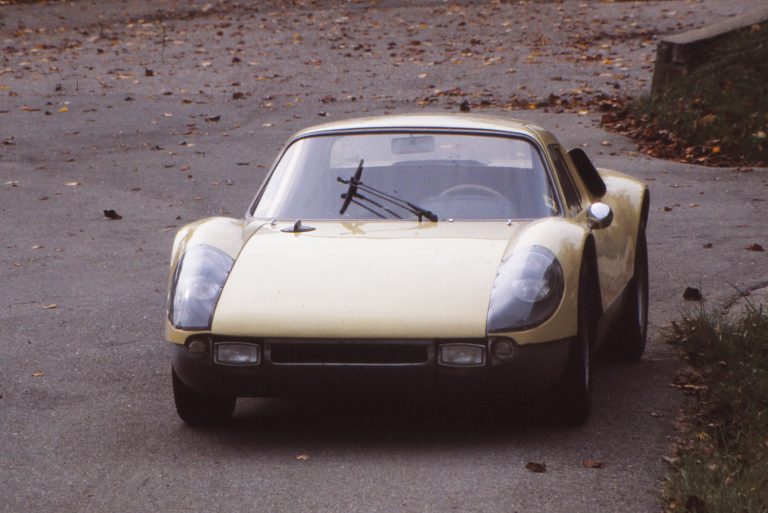
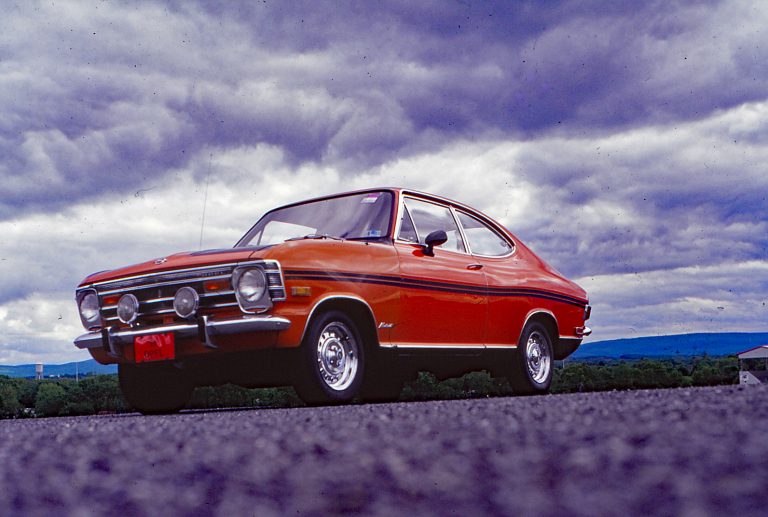
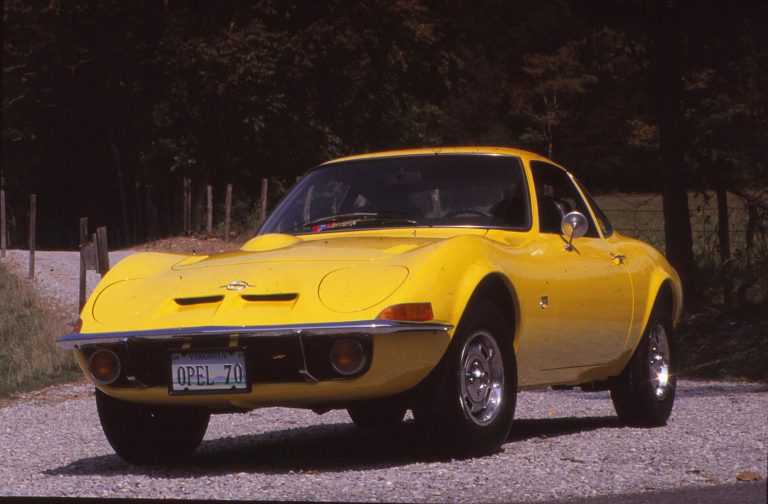
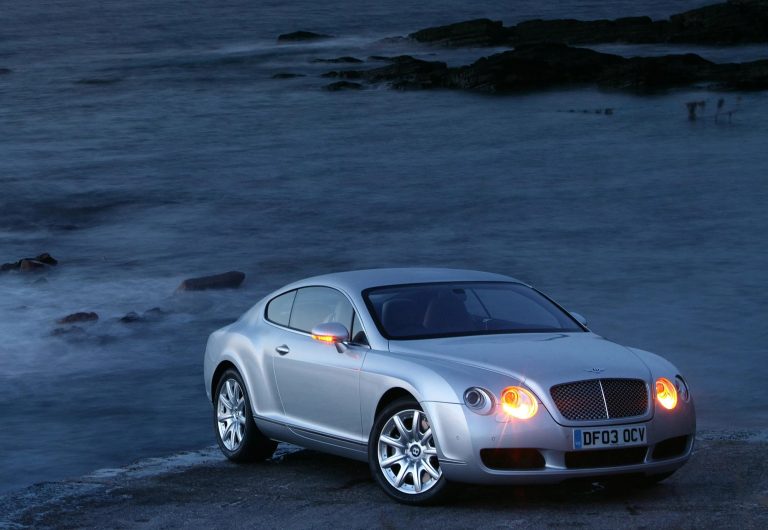
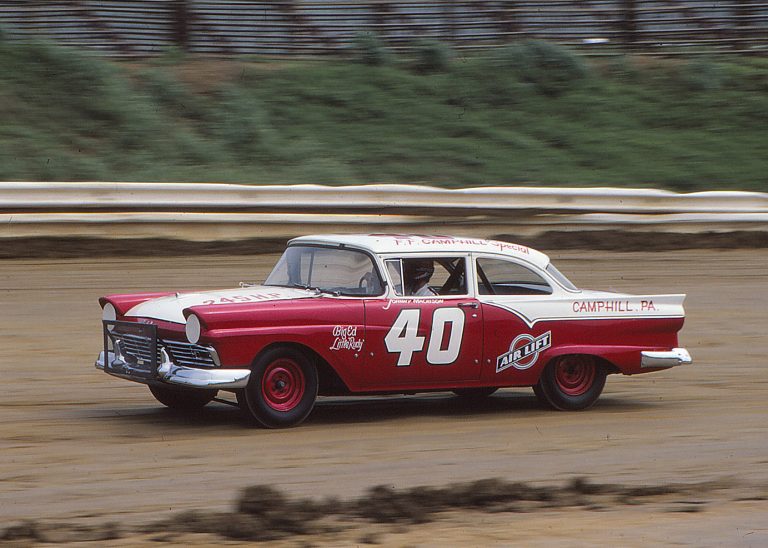
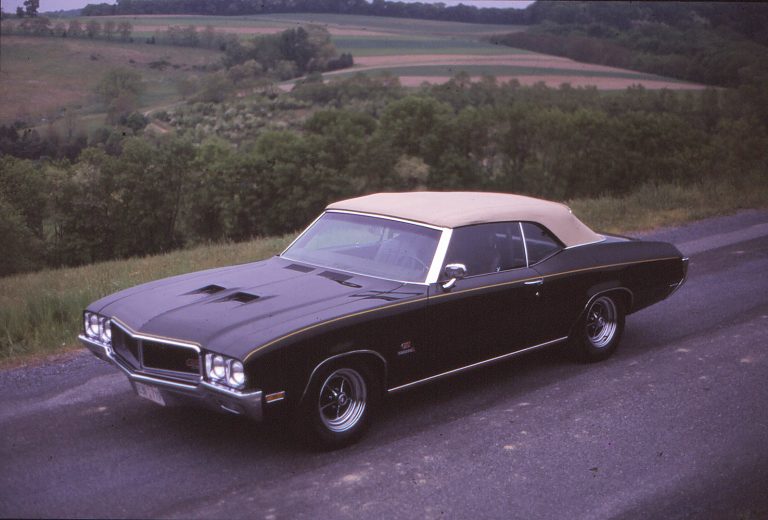
If I ever could have afforded it, I would have raced a 23B.